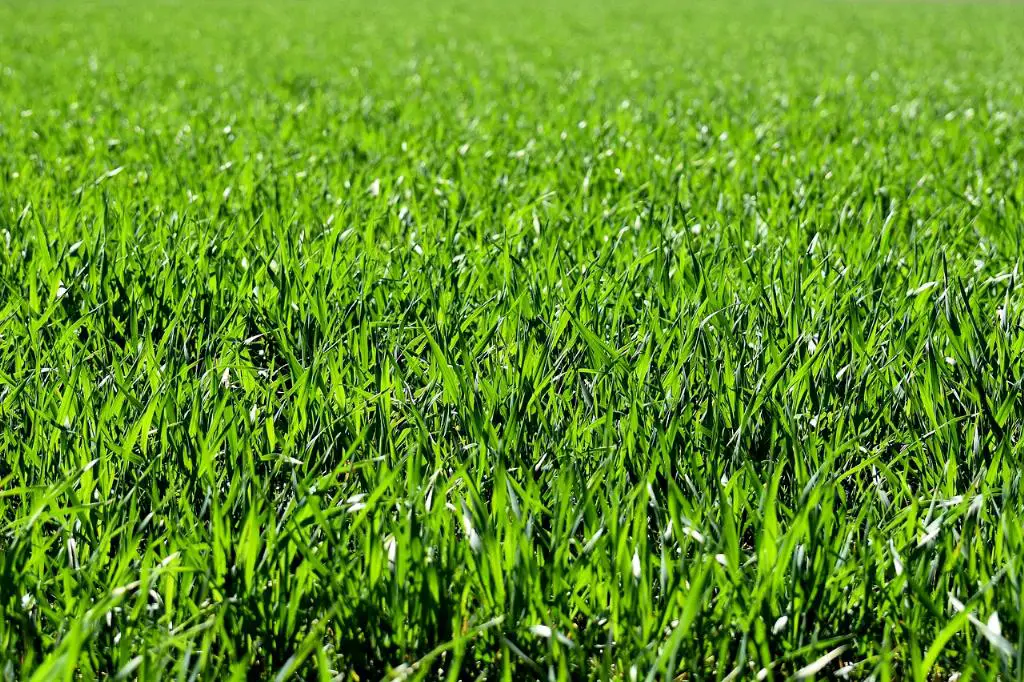Dealing with mushrooms in your lawn can be a common challenge for many homeowners. These fungi can pop up unexpectedly and detract from the overall appearance of your outdoor space. Fortunately, there are several effective methods for treating mushrooms and preventing their return. In this article, we will discuss various strategies for managing mushrooms in your lawn.
1. Remove Organic Debris
One of the first steps in treating mushrooms in your lawn is to remove any organic debris that may be promoting their growth. This includes dead tree roots, old mulch, decaying leaves, wood, and pet waste. By cleaning up these materials, you can create a less hospitable environment for mushrooms to thrive.
2. Maintain Proper Lawn Care
In addition to removing organic debris, it is essential to maintain proper lawn care practices to prevent mushrooms from reappearing. Raking up grass clippings, dethatching your yard, and regularly mowing your lawn can help create a healthy and balanced ecosystem that is less conducive to mushroom growth.
3. Use DIY Fungicide
If you have already noticed mushrooms in your lawn, you can create a DIY fungicide to treat the affected areas. After removing the mushrooms, mix 5 tablespoons of vinegar per 1 gallon of water and apply it to the spots where mushrooms were present. This natural fungicide can help eliminate remaining spores and discourage future growth.
4. Improve Drainage
Poor soil drainage can sometimes contribute to mushroom growth in lawns. To address this issue, consider improving the drainage in your yard by aerating the soil, filling in low spots, or installing a French drain. By allowing excess water to properly drain away, you can create a less favorable environment for mushrooms.
5. Adjust Irrigation Practices
Overwatering your lawn can create damp conditions that are ideal for mushroom growth. To prevent this, adjust your irrigation practices to water your lawn deeply but infrequently. Watering in the morning hours can also help ensure that excess moisture evaporates quickly, reducing the risk of mushroom formation.
6. Consider Soil pH
Mushrooms tend to thrive in acidic soil conditions. Testing your lawn’s soil pH levels and adjusting them as needed can help create an environment that is less favorable for mushroom growth. Adding lime to raise the pH or sulfur to lower it can help rebalance the soil and discourage mushrooms.
7. Remove Infected Mulch
If you suspect that your mulch may be contributing to mushroom growth, consider removing and replacing it with fresh material. Infected mulch can harbor mushroom spores and promote their spread throughout your lawn. Opt for clean, fresh mulch to help prevent future outbreaks.
8. Avoid Excessive Shade
Mushrooms thrive in dark, moist environments with limited airflow. To combat this, consider trimming back overhanging branches, thinning out dense vegetation, or installing shade-resistant grass varieties in shaded areas of your lawn. Increasing sunlight exposure can help deter mushroom growth.
9. Monitor and Treat Promptly
Regularly inspecting your lawn for signs of mushroom growth and addressing them promptly can help prevent widespread infestations. By keeping an eye out for early indicators of mushrooms and taking swift action to treat affected areas, you can effectively manage their presence and reduce their impact on your lawn.
10. Consult with a Professional
If you are struggling to control mushrooms in your lawn despite trying various remedies, consider consulting with a landscaping professional or mycologist. These experts can provide tailored advice on how to address your specific mushroom issues and implement effective long-term solutions to keep your lawn healthy and mushroom-free.

Conclusion
Dealing with mushrooms in your lawn may require a multi-faceted approach that addresses both current outbreaks and underlying factors contributing to their growth. By following the tips outlined in this article, you can effectively treat mushrooms in your lawn and proactively prevent their return. With proper care and maintenance, you can enjoy a lush and beautiful lawn that is free from unsightly fungal intruders.
